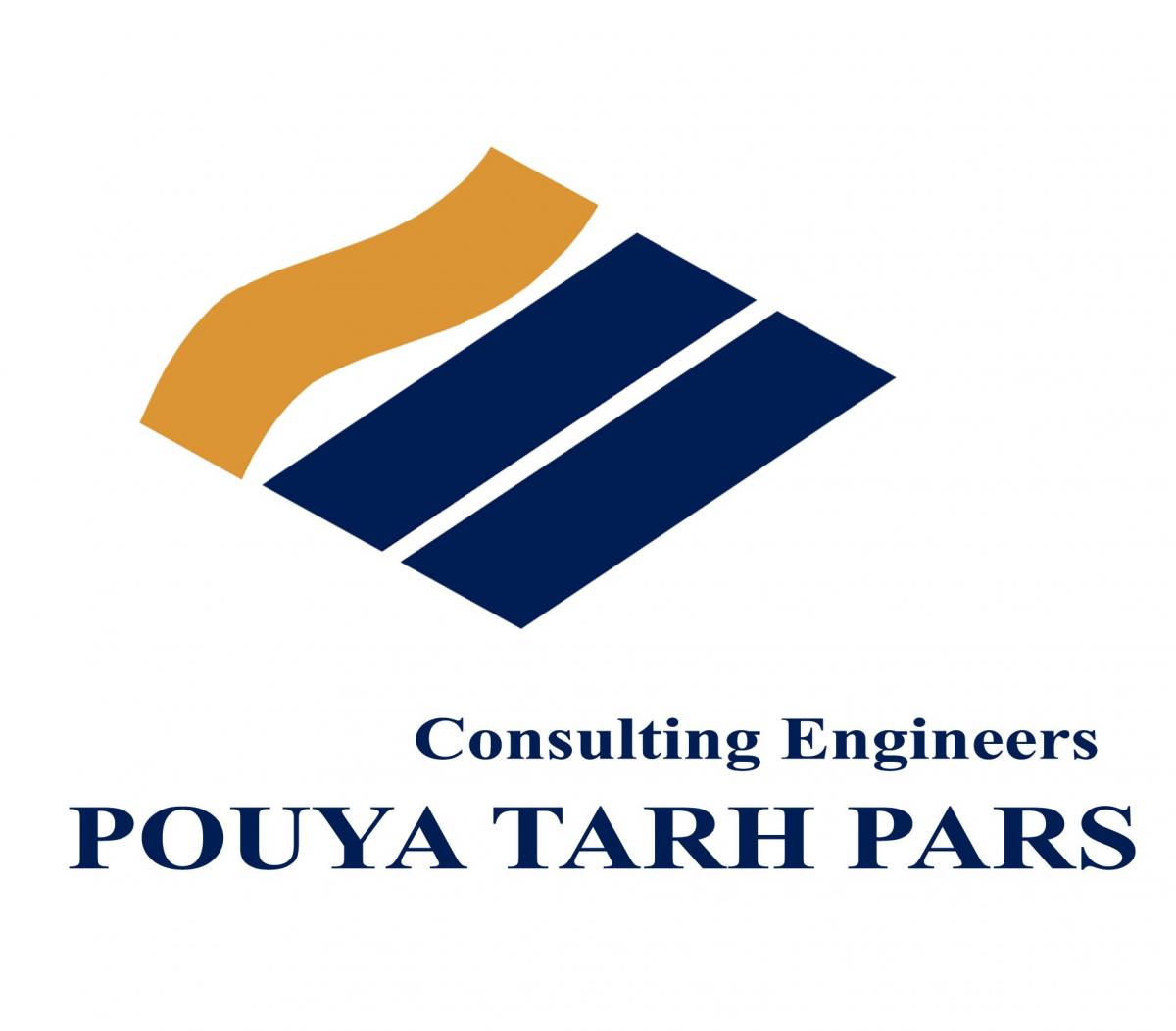* General specifications of the project:
- Construction of the main and secondary breakwaters of stone type with a total length of 2388 meters (619 meters of the northern breakwater and 1769 meters of the southern breakwater) with a total volume of 680 thousand cubic meters
- Dredging operations with a volume of 980 thousand cubic meters
-Construction of a 1120-meter long protective dyke and land extraction behind the dyke with an area of about 12 hectares.
-Construction of the surrounding wall of the port with a length of 1700 meters
- Title of the project: Implementation operations for the construction of breakwater, dyke, surrounding wall and dredging of Ganaveh port.
- Employer: Ports and Maritime Organization, Ports and Maritime Administration of Bushehr Province
- Consultant: dynamic consulting engineers of Pars project
- Contractor: Karan Darya Company
